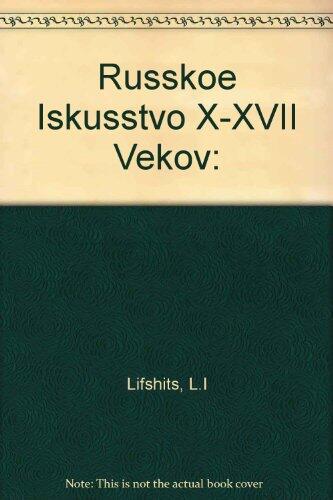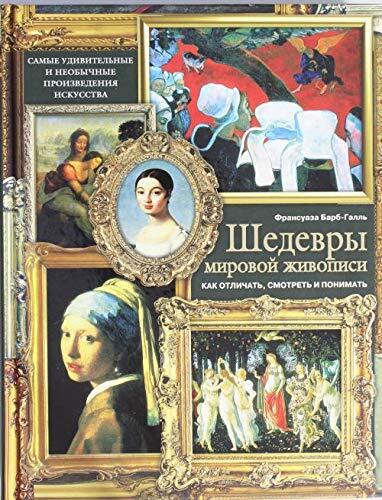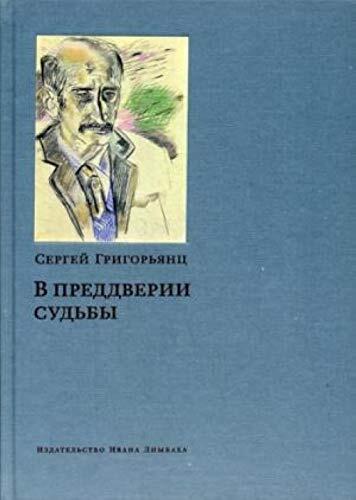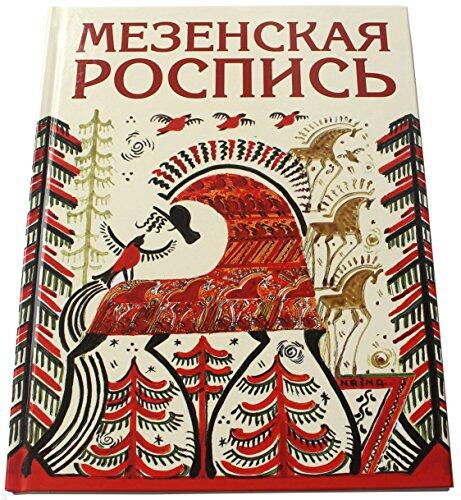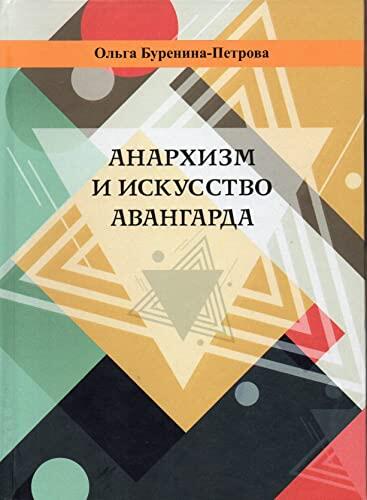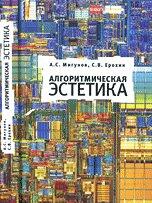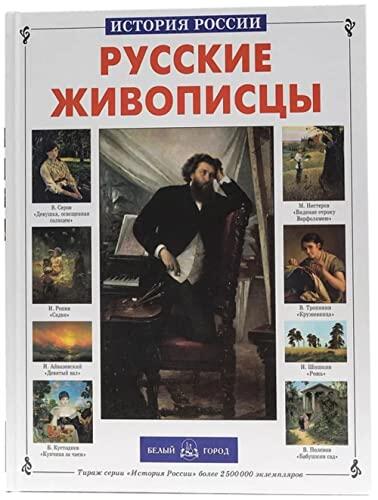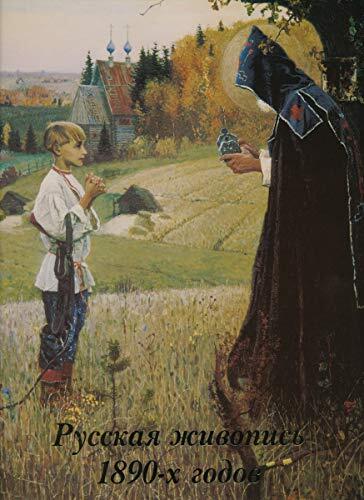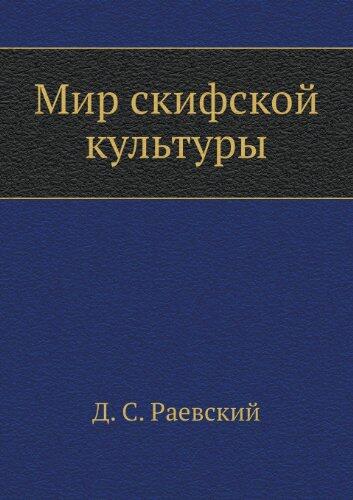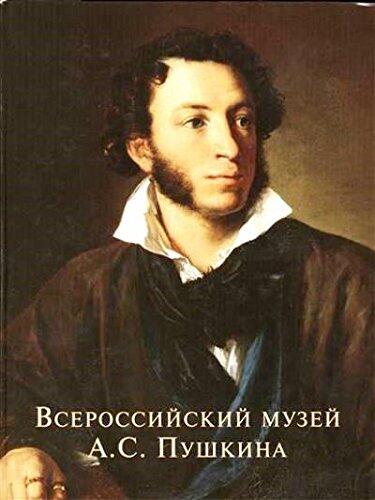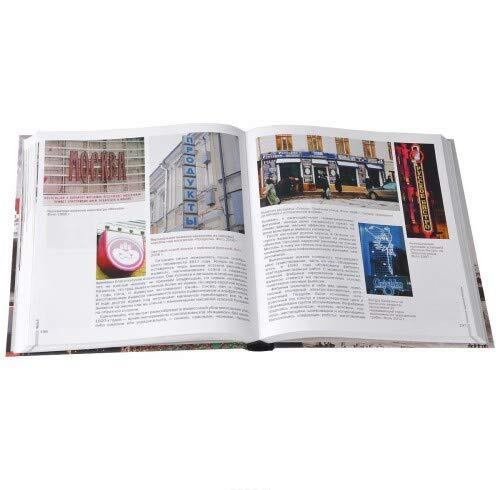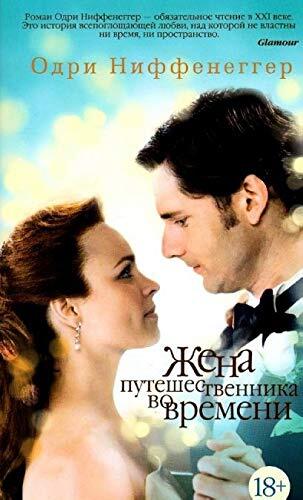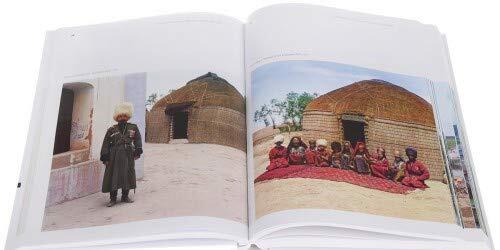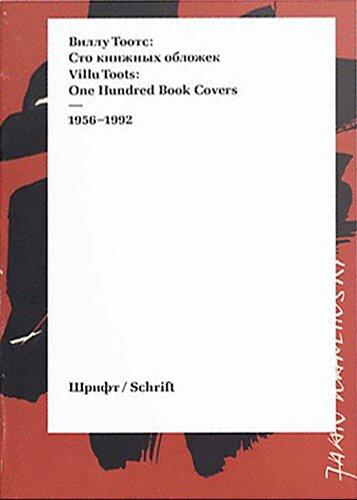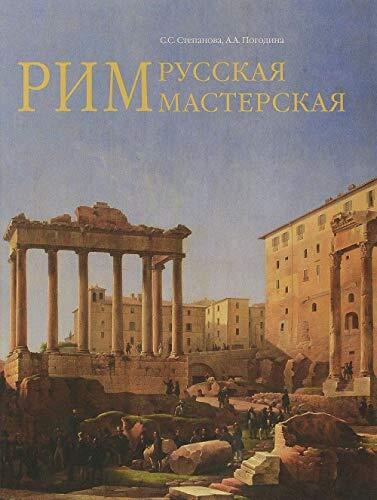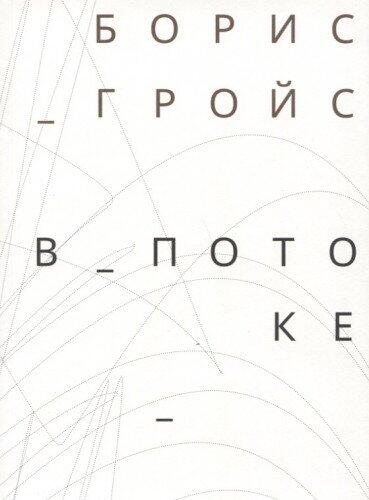
Vitebsk. Zhizn' Iskusstva 1917-1922
작성자
Aleksandra Semenovna Shatskikh
,
T. M. Nikolaeva
아직 평점이 없습니다
Art & Photography
형식
페이퍼백
페이지
258
언어
러시아어
출판됨
Jan 1, 2013
출판사
Book on Demand Ltd.
ISBN-10
578590117X
ISBN-13
9785785901179
설명
Set against the backdrop of a tumultuous period in Russian history, this work illuminates the vibrant cultural and artistic life of Vitebsk between 1917 and 1922. During these years, the city became a crucible for creative innovation, where art intersected with the revolutionary fervor of the time. The authors delve into this rich tapestry, exploring the interplay of language, semiotics, and culture that characterized the artistic movements sprouting from Vitebsk.
The narrative brings to life the various artists and intellectuals who flourished in this dynamic environment, revealing how the political climate influenced their work and the broader cultural landscape. The historical context serves as a backdrop for intricate discussions of significant artistic trends, showcasing the role Vitebsk played in the larger narrative of Russian art.
As they weave together extensive bibliographical references, the authors provide readers with a comprehensive framework for understanding the developments within this unique artistic community. Through their scholarly insights, they offer a multi-faceted perspective that invites readers to reconsider the connections between art and society during a pivotal moment in history.
Through its compelling analysis and rich historical insights, this work serves as a vital resource for anyone interested in the intersection of politics, culture, and art in Russia, highlighting the enduring legacy of Vitebsk as a beacon of creativity in the early 20th century.
The narrative brings to life the various artists and intellectuals who flourished in this dynamic environment, revealing how the political climate influenced their work and the broader cultural landscape. The historical context serves as a backdrop for intricate discussions of significant artistic trends, showcasing the role Vitebsk played in the larger narrative of Russian art.
As they weave together extensive bibliographical references, the authors provide readers with a comprehensive framework for understanding the developments within this unique artistic community. Through their scholarly insights, they offer a multi-faceted perspective that invites readers to reconsider the connections between art and society during a pivotal moment in history.
Through its compelling analysis and rich historical insights, this work serves as a vital resource for anyone interested in the intersection of politics, culture, and art in Russia, highlighting the enduring legacy of Vitebsk as a beacon of creativity in the early 20th century.
